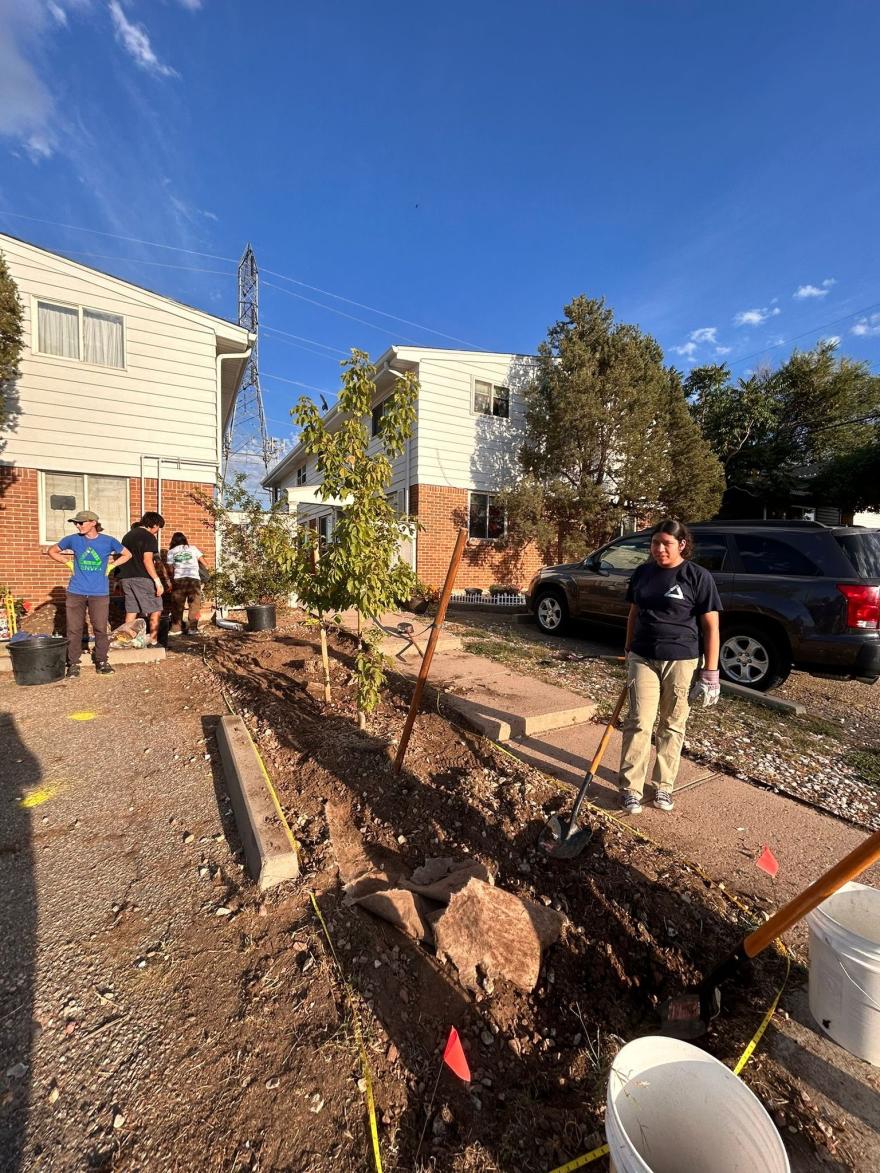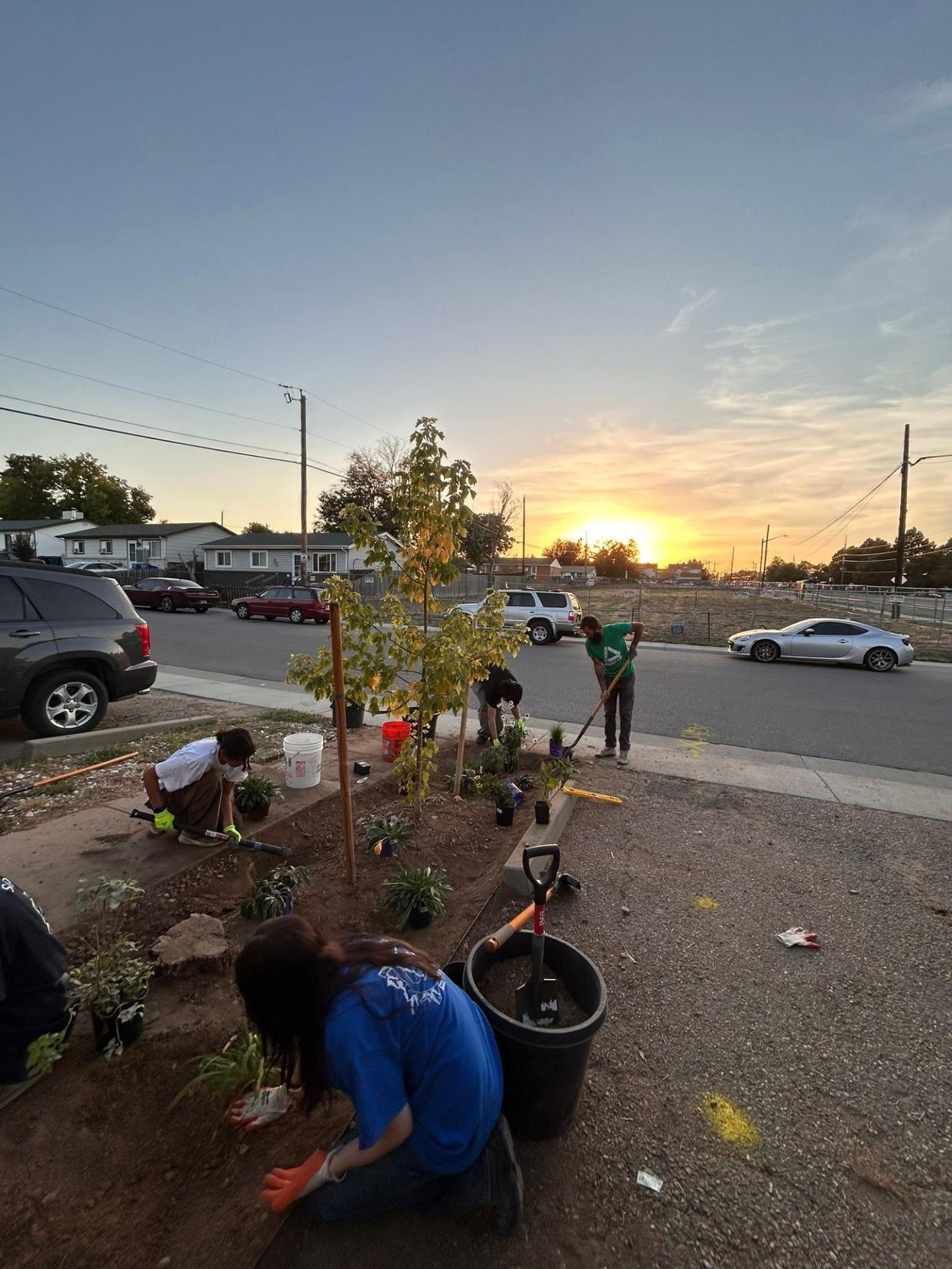By Eniyah Navarette
This article is part of our Generation Wild Coalition Storytelling series, offering an inside look at the work being done on the ground in Generation Wild communities—straight from the perspectives of the rockstars making it happen.
Eniyah Navarrette is a Green Team employee with Groundwork Denver, a My Outdoor Colorado and Sheridan Inspire Generation Wild community partner.

I'm Eniyah, a Green Team employee at Groundwork Denver. We prioritize environmental justice by taking actions that better our environment and community. This includes local projects and education that support healthy landscapes, water, and food.
Supporting your local environment is great for you, your neighbors, and the earth. And even small actions have impact. For example, gardening is very relaxing, and I love seeing the progress from seed to flourishing plant. Those plants go on to support the surrounding ecosystem, including local wildlife. They also benefit people by creating a more natural and calming environment where they live.
Looking for inspiration? Here’s a Green Team-inspired activity you can do in your neighborhood: build a rain garden.
A rain garden is a shallow, planted area that uses rainwater that runs off of roofs, driveways, and sidewalks. This type of garden helps rainwater reach the soil, instead of flowing into streets or down storm drains. This reduces flooding and water pollution, helps grow healthy wildlife habitat, and supports a beautiful neighborhood. Here are five steps to build your own.
How to Build a Rain Garden
1. Plan your garden.
Identify a location that gets plenty of rainwater runoff that doesn’t currently reach the soil. This could include an area near features like a gutter, driveway, sidewalk, or patio.
Note the size of the plot, how much rainwater runoff it gets, as well as how much sunshine. Use this information to choose native plants that will do well in these conditions, and decide how many you will plant based on how much space they need to thrive. This will require a little research, but a Google Search works wonders!
2. Start digging.
Dig holes that are the recommended depth and distance apart for your chosen plants. Place the plants in any pattern you’d like— circular, rectangular, or anything in between. Let your creativity shine!

3. Make your runoff runway.
Create a path for the rainwater to travel from your rainwater source to your garden bed. This may mean digging a small trench and/or laying rocks that guide the water to your plot. Build a small barrier or edge around your garden to help it keep the water inside.
4. Get planting.
Place the thirstiest plants closer to where the water flows in, and those that need less water farther away. While planting, you can mix compost or fresh soil into the dirt to give your plants a strong start.
When the plants are in, add a layer of natural mulch around the base of each plant. This helps keep moisture in the soil, while protecting the plant as it grows.
Then, continue to care for your plants and watch them grow! I was very proud of my first rain garden, and I know you will be, too.
Discover more opportunities to make a positive impact on the environment and Denver-area communities on the Groundwork Denver website. Happy planting!
